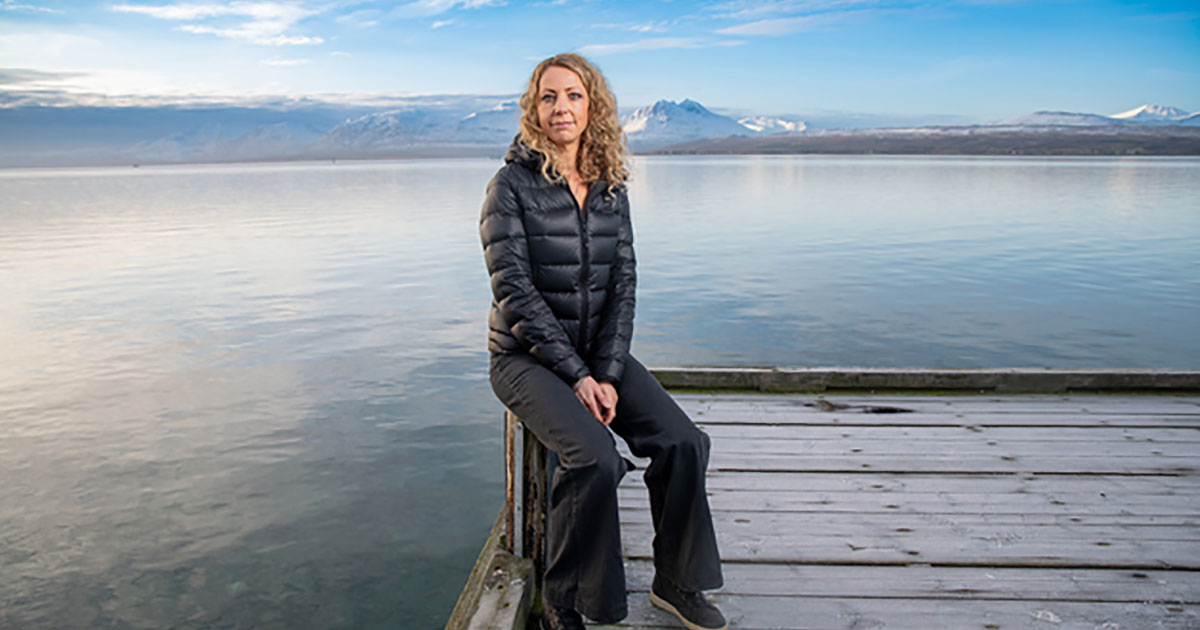“We look at the climate crisis under a microscope, because the details are important when implementing fish farming measures while temperatures are rising,” says Elisabeth Ytteborg, Senior Scientist at Nofima.
In her projects, the UN’s climate projections have been scaled down to site level. It shows that expected temperatures in 2030 can cause damage to fish skin.
Example from a Facility
The scientists chose a facility located at Dønna in Nordland County in the north of Norway. This facility has good data on cod farming and the environment.
The scientists wanted to study the impact of temperature on fish health, and what happens if cod are infected with the Fransicella bacterium.
Cod prefer temperatures between 8 and 13 degrees. By 2030, the facility at Dønna may experience days above 17 degrees. They therefore studied the effect temperature had on cod skin at 12 and 17 degrees.
The results showed that temperature has much more of an effect on barrier tissue functionality compared to infection with Fransicella bacteria.
At high temperatures, cod suffered damage between cells that bind the skin together. These skin bonds seem to affect the fish’s ability to heal wounds, and damage to them can make the fish more susceptible to other stresses.
In other words, the cod’s barrier system is weaker if it faces a challenge in addition to increased temperature.
What Can be Done?
Ytteborg says there are currently several cod farms further south in Norway which can expect higher temperatures:
“The impact of high temperatures and how to deal with them will play a more important role in the future in line with climate change. How much the fish can tolerate will be important in finding good measures to safeguard fish health if the water becomes too hot,” says Ytteborg.
Elisabeth Ytteborg believes climate change must be taken into account when planning fish farming in Norway.
“We are releasing a publication on diversification where we look at 36 different species and their temperature tolerance in relation to climate change. If Norway is going to have a longer-term diversification plan, one should definitely focus on temperature.”
The research is financed by Troms and Finnmark county authorities in Norway.



